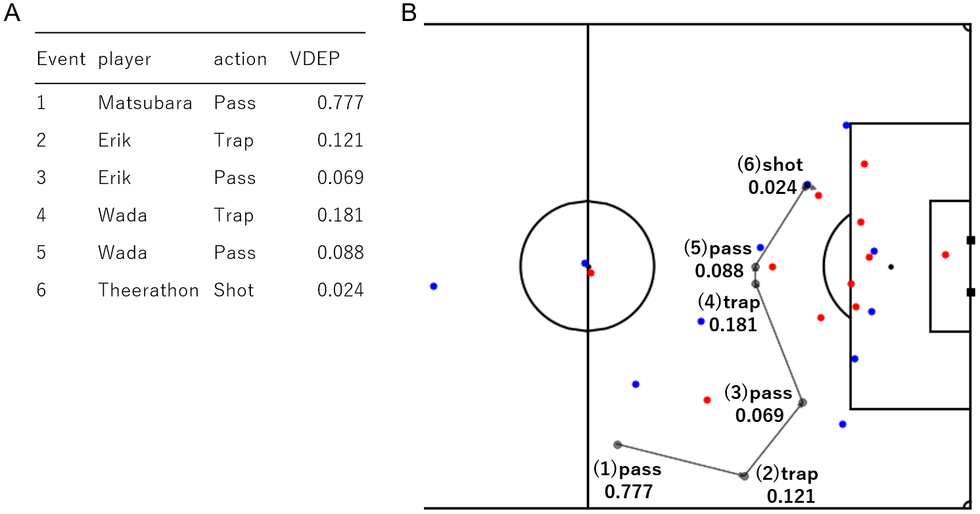
Informatics
May 27, 2022
Using defending to make predicting football more accurate
As any fan of football knows, it’s a funny old game. With due respect to armchair coaches everywhere, it is difficult to predict what will happen during a season. For statisticians, it is especially difficult to predict defense. Previous studies have analyzed a team’s success from the attackers’ perspective by considering how many goals they scored. However, as goals in most football matches are rare, this limits the amount of data that can be collected. Rather than using this approach, researchers at Nagoya University and Kyoto University decided to look at things from the opposite perspective – that of the defenders’. Over an entire season, they investigated how defenders performed. They found this to be more successful than other measures at predicting what would happen. Their results were published in the journal PLOS One.
To determine a defender’s level of success, data scientists Keisuke Fujii and Masakiyo Teranishi at Nagoya University, and Kousuke Toda and Keisuke Kushiro at Kyoto University, created a new measure called Valuing Defense by Estimating Properties (VDEP, for short). They identified two key factors: first, whether an attack by the striker was effective, such as by getting a shot off, and second, whether the ball was recovered by the defender. By gauging whether there was an increase or decrease in these two factors, they could determine the level of a defense’s success.
To analyze these two factors, the researchers needed to obtain a huge amount of data. They reached out to a company called Data Stadium Inc. that had been gathering data on the J1 league, the top level of the Japan Professional football league. The researchers used event data and tracking data from the 2019 season. The event data recorded actions such as passing and shooting by recording the position of the ball, The tracking data recorded the location of the players throughout the matches.
When the researchers crunched the numbers for the whole season, they found a surprising result. VDEP was a better predictor of the team’s performance across the entire season than using data from the striker’s perspective.
Moreover, the team also found some interesting insights into the playstyles of the J1 teams. Yokohama F. Marinos, the eventual league champions, were described as using a high risk, high-reward tactic. The defenders had a high probability of recovering the ball but at the same time faced a high probability of being attacked. On the other hand, Sanfrecce Hiroshima scored highly on ball recovery and had a low probability of being attacked. This may explain why they conceded only 29 goals that season, one of the lowest in the league.
The researchers hope that using data from the perspective of the defender will enable teams to improve their defense. A long-term strategy for strengthening their defense needs to consider all aspects of the defense’s performance, not just the number of goals they conceded.
This study, “Evaluation of soccer team defense based on prediction models of ball recovery and being attacked: A pilot study,” was published in the journal PLOS ONE on January 27, 2022, at https://doi.org/10.1371/journal.pone.0263051.
Authors:
Kosuke Toda, Masakiyo Teranishi, Keisuke Kushiro, and Keisuke Fujii
This work was supported by JSPS KAKENHI (Grant Numbers 19H04941, 20H04075, 20H04087) and JST Presto (Grant Number JPMJPR20CA).
Media Contact:
Matthew Coslett
International Communications Office, Nagoya University
Email: kouho-en@adm.nagoya-u.ac.jp